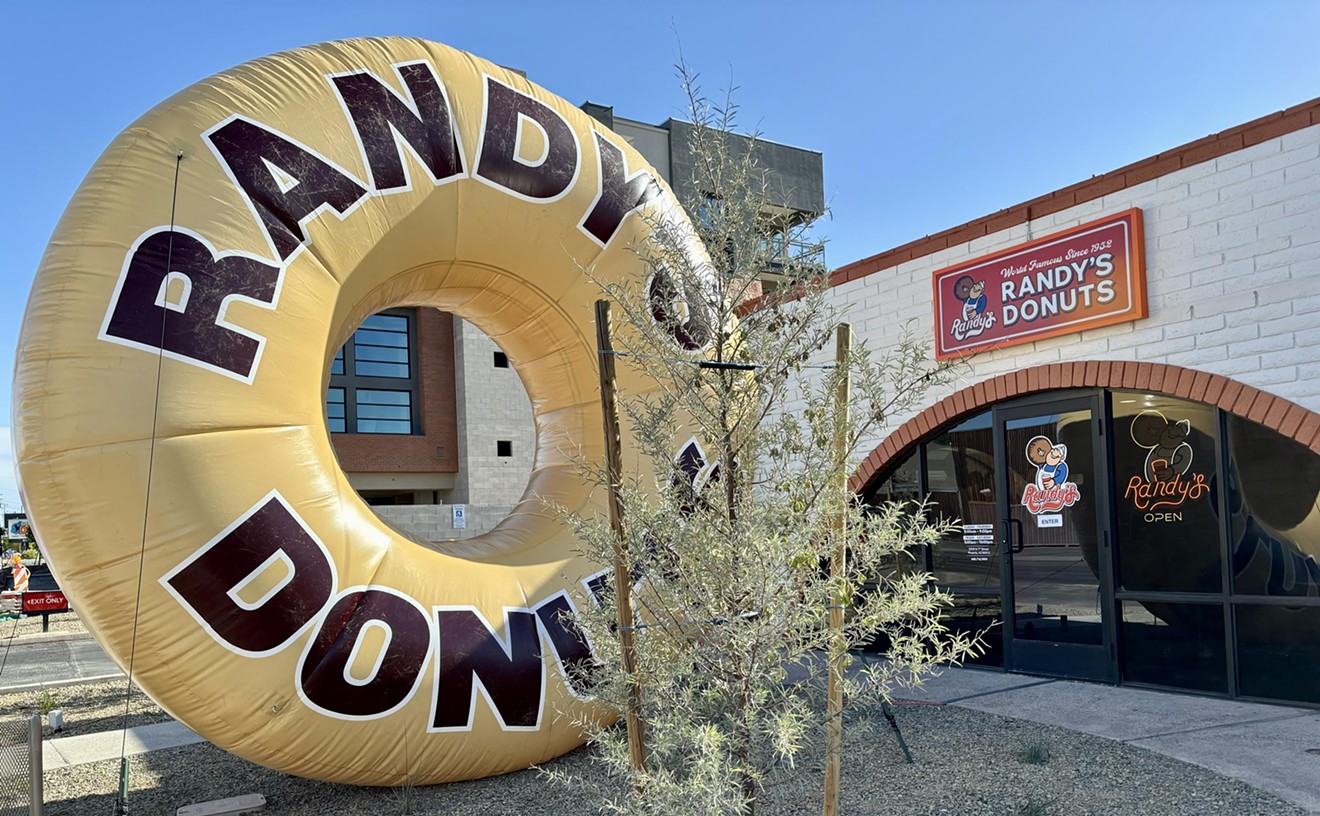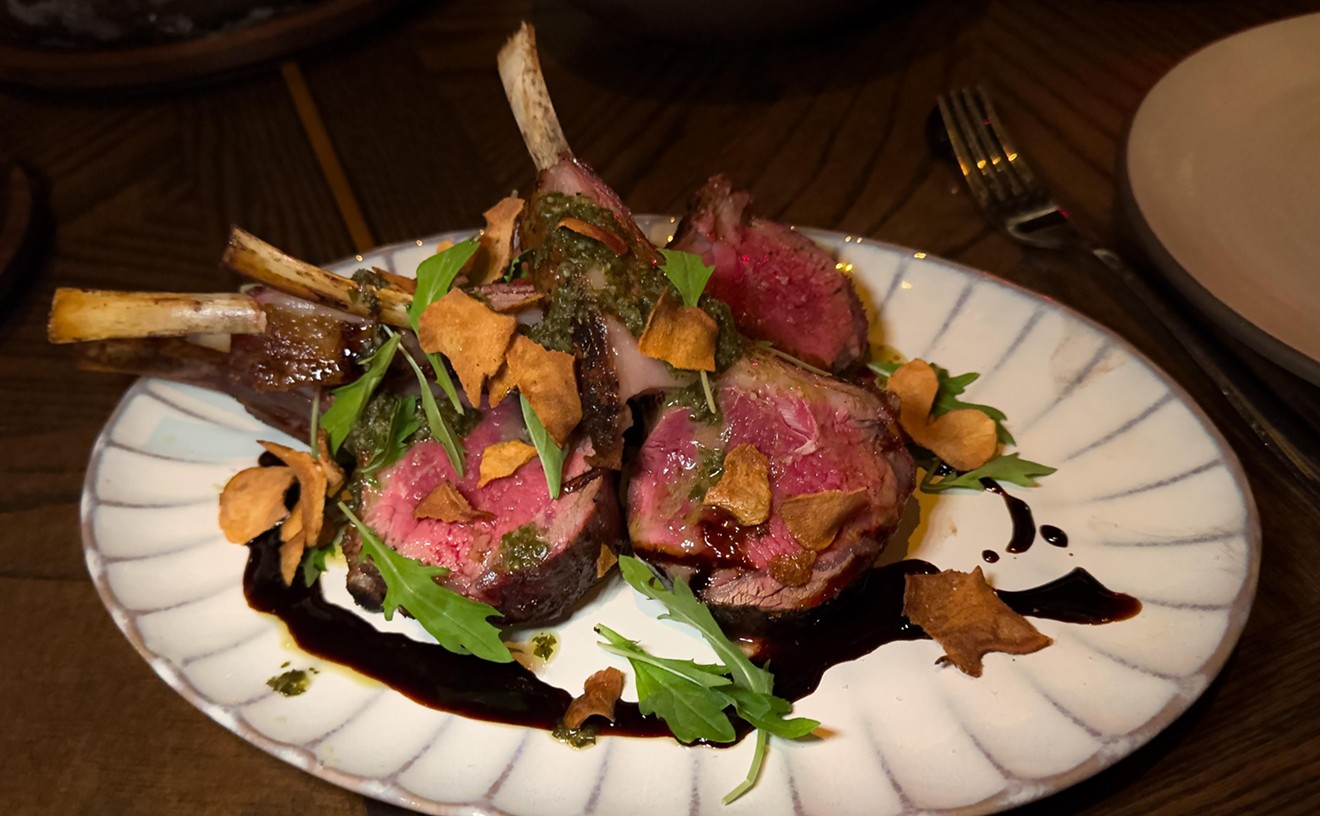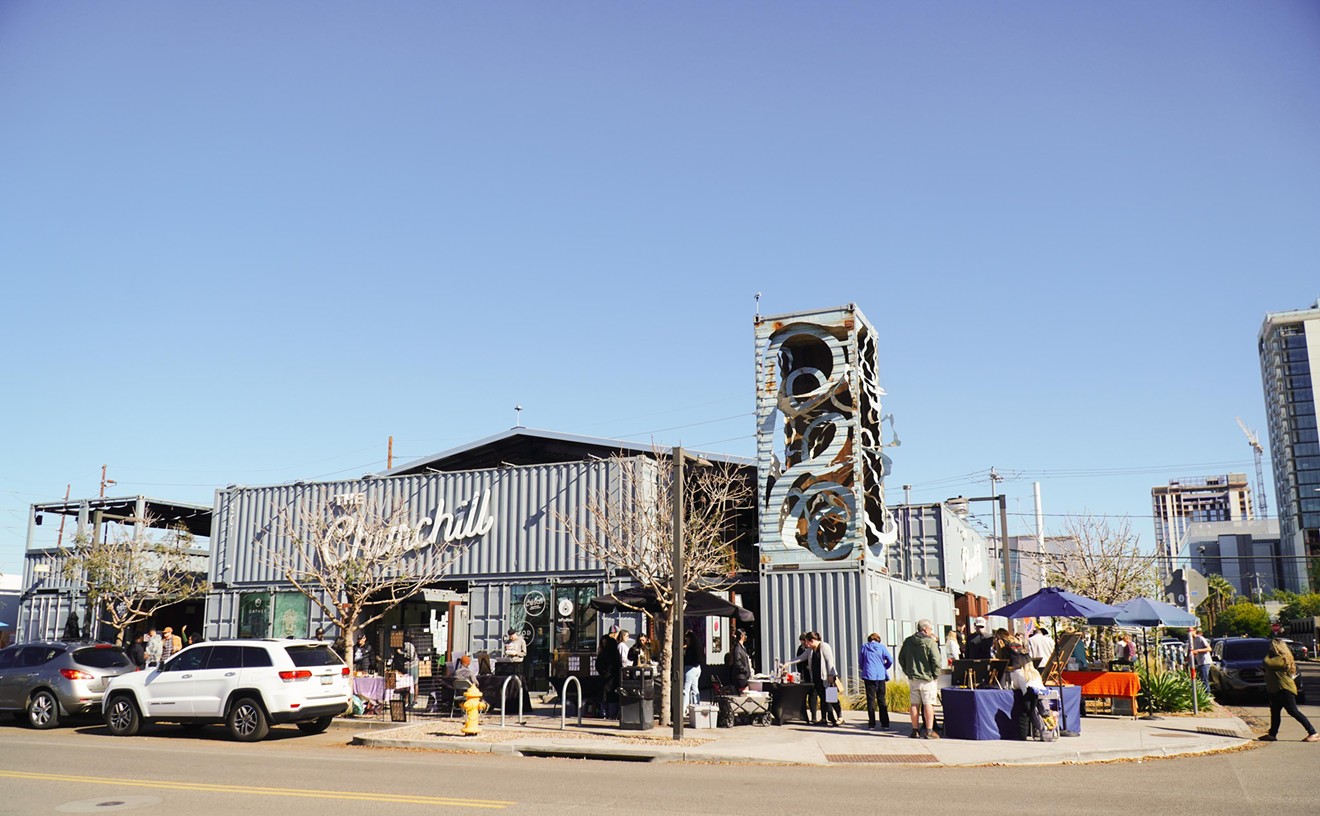This week we're taking a (hot) look at solar cooking. Today: what you need to get into solar cooking.
So where do you start with solar cooking? Yesterday, we talked to David Wells, co-organizer of the Great Solar Cookout. According to him getting into solar cooking depends largely on how interested you are and how much money you are willing to spend. Before you being though, you should probably check out this guide from the Great Solar Cookout. It contains basic information on when to cook and what to cook in.
First off, how do you get your hands on a solar cooker?
After the jump: A breakdown of the types of cookers and how to buy or build them.
At the most basic level you can throw a baking sheet on your dashboard like I did earlier this week. All you need for that is a baking sheet, oven mitts and a thermometer.
If you are willing to invest a little time into solar cooking you can make your own cooker from cardboard, tinfoil and a dark colored pot. While not the sturdiest or sexiest cooker, this design can be made in a couple of hours and give you an idea of what a solar cooker is capable of. If DIY isn't your thing they'll even send you a kit for $10.
Now if you are willing to shell out some money on a cooker than you have a basic choice to make. Do you want an oven or a stovetop?
The Oven:
Good: Ovens give you the most flexibility in terms of what you can cook and they are the easiest to actually cook with. The Solar Oven Society "Sport" oven is probably one of the most popular designs on the market. It is large enough to accommodate two pie pans or two 3.4 quart pots. Because of how it retains and manages heat, solar ovens have the added benefit of being resistant to cloud cover. A couple clouds moving across the sky won't ruin your meal.
Bad: The only major drawback is that the temperatures created by a solar oven remain fairly low, in the mid-200 degree level.
The Stovetop:
Good: Stovetop-like heating can be accomplished using a parabolic mirror that concentrates the heat on a single point. It's basically a low-rent laser that heats up a pan (usually cast iron) to 400+ degrees. That is enough heat to fry eggs and make toast. It also can be used to supplement the slow cooking of a solar oven by browning onions and spices. The parabolic cooker Wells uses is called the Solar Sizzler.
Bad: Stovetop like heating means that anytime a cloud passes over the sun, the parabolic cooker stops cooking. Also, getting the maximum heat from your parabolic cooker means you have to readjust your cooker every 20 minutes or so.
How much is this going to cost?
Both types of cookers are priced at around $130 but parabolic cookers get more expensive as the they increase in size and power.










